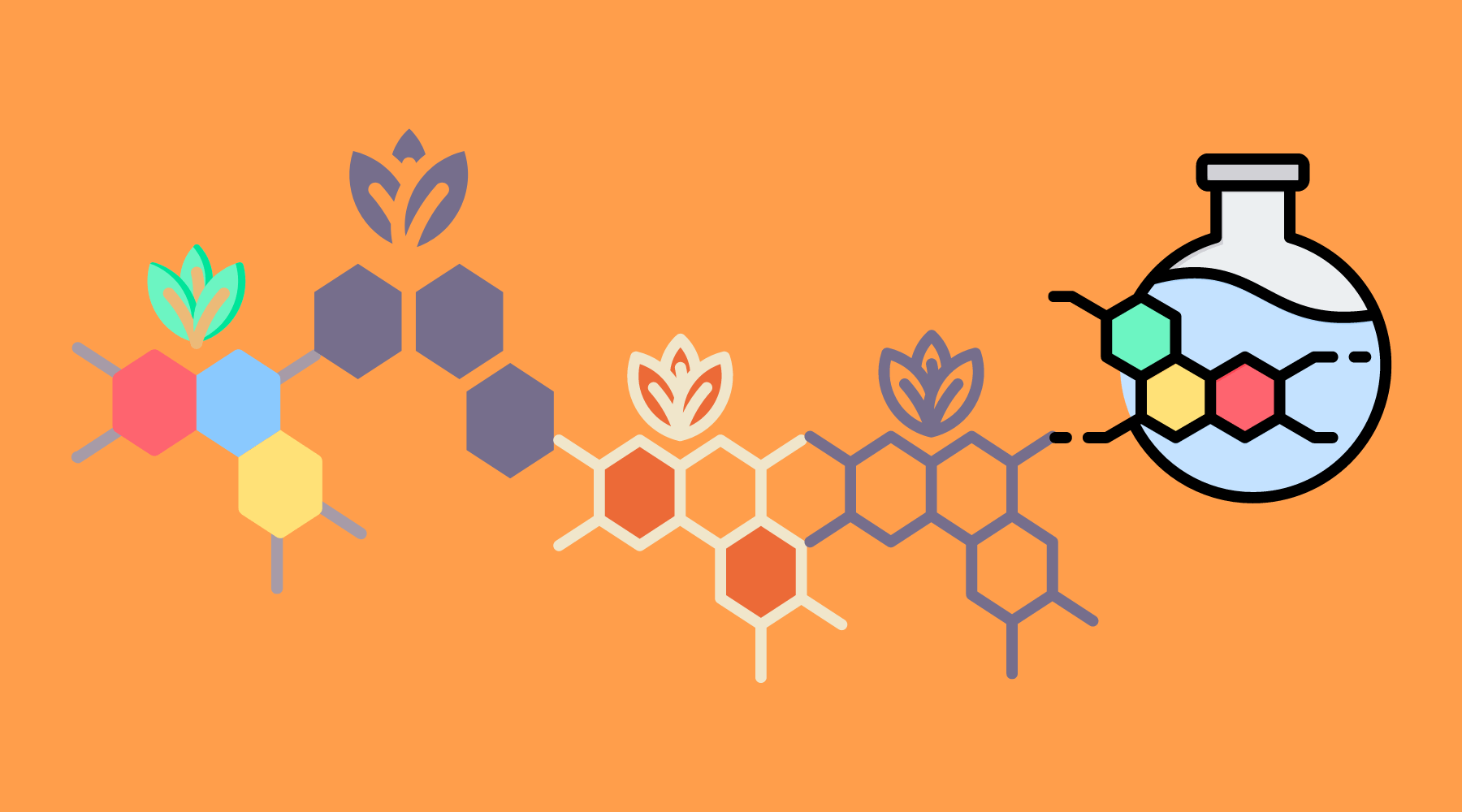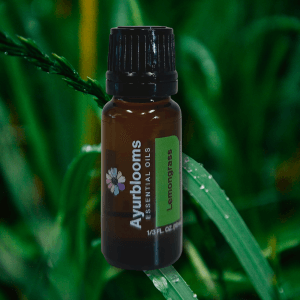Article: Unlocking the Magic: Understanding Essential Oil Chemistry

Unlocking the Magic: Understanding Essential Oil Chemistry
Essential oils, with their captivating scents and therapeutic properties, have mesmerized humanity for centuries. The use of essential oils can be traced back to ancient civilizations, where they were valued for their medicinal and aromatic properties. Yet, behind their aromatic allure lies a fascinating world of chemistry. In this blog, we delve into the intricate chemistry of essential oils, unraveling the mysteries that make them so potent and versatile.
The Basics of Essential Oil Chemistry:
Essential oils are complex mixtures of volatile organic compounds, each with its unique chemical composition. These compounds are primarily divided into two categories: hydrocarbons and oxygenated compounds.
Hydrocarbons:
Hydrocarbons are the simplest compounds found in essential oils, composed solely of hydrogen and carbon atoms. They include:
- Monoterpenes: These are the most common hydrocarbons found in essential oils, known for their uplifting and cleansing properties. Examples include limonene (found in citrus oils) and pinene (found in pine oils).
- Sesquiterpenes: These larger molecules are often prized for their anti-inflammatory and immune-supporting properties. Beta-caryophyllene, found in black pepper and clove oils, is a notable example.
Oxygenated Compounds:
Oxygenated compounds contain oxygen atoms in addition to hydrogen and carbon. They include:
- Alcohols: Alcohol compounds like linalool and geraniol are valued for their calming and skin-soothing properties. They are commonly found in floral oils like lavender and rose.
- Esters: Esters contribute to many essential oils' fruity, floral, and sweet aromas. Examples include linalyl acetate (lavender) and geranyl acetate (geranium).
- Aldehydes, Ketones, Phenols, and Oxides: These compounds add complexity to essential oil profiles and can have a range of therapeutic effects, from antimicrobial (e.g., phenols in oregano oil) to mucolytic (e.g., oxides in eucalyptus oil).
The Impact of Chemistry on Aroma and Therapeutic Benefits:
The specific chemical composition of an essential oil determines its aroma, therapeutic properties, and potential applications. Understanding essential oil chemistry allows us to predict its effects and create custom blends tailored to individual needs.
Conclusion:
Essential oil chemistry is a captivating realm where science meets art, offering insights into these botanical treasures' aromatic wonders and therapeutic potential. By delving into the intricate chemistry of essential oils, we gain a deeper appreciation for their complexity and versatility, unlocking the secrets to harnessing their magic for wellness and vitality.
Cautionary Note:
Conduct a patch test to check for allergic reactions or sensitivities before using essential oils. Pregnant or nursing individuals, children, and those with underlying health conditions should consult a healthcare professional before using essential oils. Essential oils are highly concentrated and should be used with caution. Keep out of reach of children and pets. If ingested, seek medical attention immediately. Avoid contact with eyes and mucous membranes.
This article is for informational purposes only and does not constitute medical advice.
🌿 Ayurblooms – Nature’s Purest Essence for Every Home 🌿










Leave a comment
This site is protected by hCaptcha and the hCaptcha Privacy Policy and Terms of Service apply.